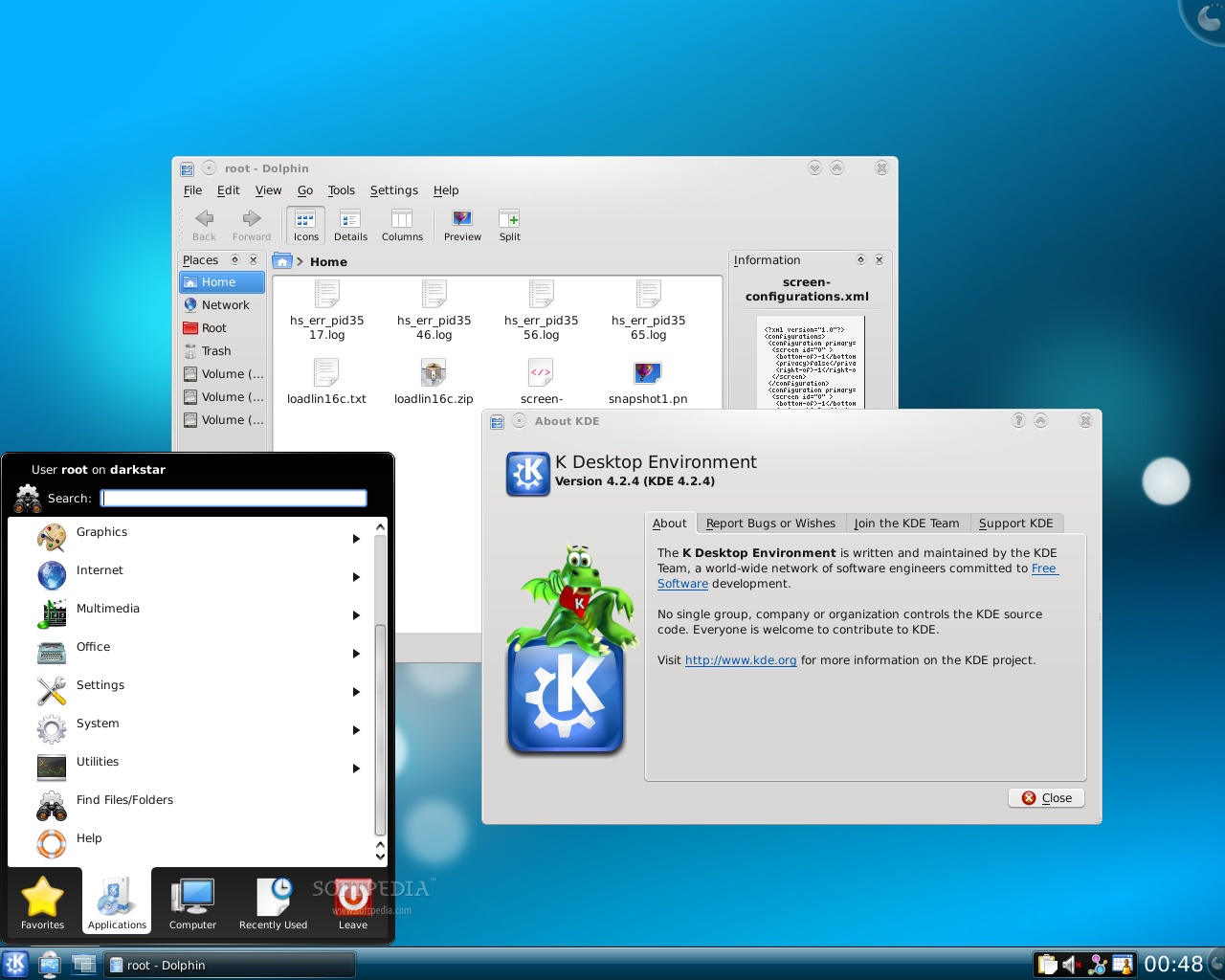

#HOW TO INSTALL GLIBC ON SLACKWARE 32 BIT#
When it asks where the packages are, enter /slackware for 32 bit or /slackware64 for 64 bit. Then, when you get to the SOURCE option in setup use the drive you are installing slackware from (usually it is /dev/sdb1). Download the Slackware iso image of your choice and then install to a USB drive using unetbootin. It is possible to install with unetbootin. setup your keyboardĪdd swap space (if used) and select your target drive. When installing, choose "Install from a slackware USB stick". the USB drive should NOT be mounted during dd invocation. dd expects the name of a device, not a partition, so you should use eg. The following command will overwrite all the files currently present on the USB drive with a bootable isoĭd if=/path/to/iso of=/path/to/usb (example of=/dev/sdX)
#HOW TO INSTALL GLIBC ON SLACKWARE UPGRADE#
My linux originally is slackware 3.6 ( kernel 2.0.36) but I upgrade it to kernel-2.2.9. (2)./configure fail to guess my host type, I do not know why. You have the right drive designation in the following command I dare not make install because some problems: (1) 'make check' report erfl and ieee754 are not implemented when checking math lib. To identify the designation of your usb stick/drive useĭd will write the iso to whatever drive you tell it to so make double sure This can be done using the dd command as the root user.


Pat's DVD script, AlienBOB's mirror-slackware-current script or even a custom one of your own.Īll that is left to do now is copy the ISO to the USB flash drive. If you choose to use a local copy of the tree you should be able to create your own ISO image using a script such as: This is X11R7. X11 based on the X.Org Foundations modular X Window System. This version of glibc also has excellent compatibility with existing binaries. That may be the tree of a stable release, or even the tree of the Slackware current development cycle. Download Slackware - The original Slackware Linux distribution. A USB flash drive that can fit the ISO image (4GB or larger)Ī) official Slackware installation media, preferably the DVD ISO available on any Slackware mirror


 0 kommentar(er)
0 kommentar(er)
